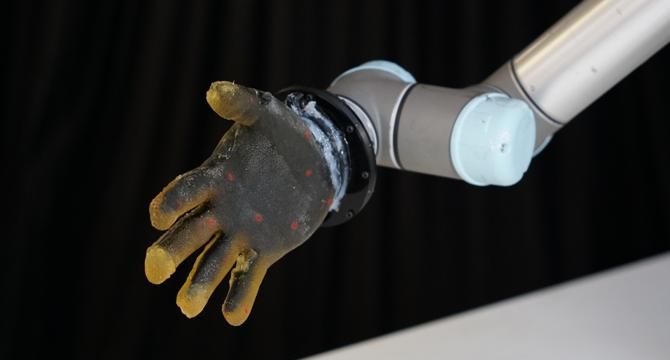Livescience
1w
62

Image Credit: Livescience
Scientists burned, poked and sliced their way through new robotic skin that can 'feel everything'
- Scientists have developed a new electronic 'skin' that enables robots to feel tactile sensations like touch, temperature changes, and pressure, along with the ability to detect damage.
- The skin is made from an electrically conductive, gelatin-based material that can be molded into various shapes and equipped with special electrodes to interpret different touch and pressure signals.
- This advancement in tactile sensing is crucial in robotics to create machines that can respond to stimuli similar to human sensitivity, and the new skin uses multi-modal sensors to detect various stimuli in a more efficient and cost-effective manner.
- Although not at the level of human skin yet, the robotic skin shows promise in recognizing different types of touch stimuli, with potential applications in humanoid robots, prosthetics, automotive industry, and disaster relief.
Read Full Article
3 Likes
For uninterrupted reading, download the app